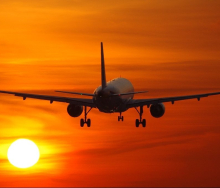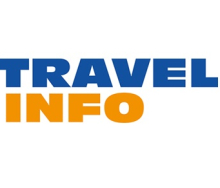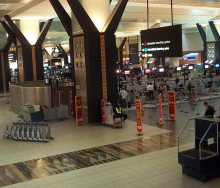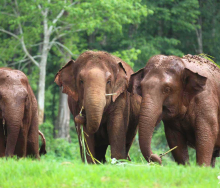With the travel ban on scheduled passenger flights entering its fifth month, South Africans, who are renowned for ‘making a plan’, have embraced chartered repatriation flights in a big way, as the only available means to get to and from the bottom end of Africa.
Gm of XL Rosebank Travel, Linda Steenekamp, told Travel News that while it had taken some time to understand the new world of repatriation, and how to earn money from assisting with these flights, they now ranked as one of her main income streams.
Linda said her primary frustration was that repatriation flights were generally not loaded in the GDS. This, together with airlines switching off facilities to process refunds through BSP, was making both Iata licences and GDS subscriptions obsolete in the current environment.
Linda told Travel News that initially agents had had to scour social media to find out about upcoming repatriation flights. But, she said, the process had become easier since XL head office had started collating and loading this information on its intranet.
She added that, while repatriation prices often seemed exorbitant (one airline quoted her R65 000 for a one-way flight from the US), rates were beginning to come down as airlines were able to organise more outbound repatriation flights to earn income on the return leg.
Gm of Independent Brands for FCTG, Chantal Gouws, confirms that a number of her FCAs have been working day and night on repatriation bookings. One FCA booked approximately 50 passengers out of South Africa during July and has already processed 85 August departures. Most of these bookings come from referrals, social media and WhatsApp groups.
An early adopter of the repatriation game, Miles van der Molen, ceo of CemAir, said while initial repatriation requests had been from stranded South Africans wanting to come home, most of the recent requests were for South Africans rushing for the door, wanting to escape one of the harshest lockdowns in the world. Both Chantal and Linda agreed, saying almost all the outbound bookings they were arranging were for emigration, often due to job losses.
Miles said CemAir was loading its regular repatriation flights in the GDS but this was too costly and time-consuming for once-off flight departures. He said profit margins on repatriation flights were tight as the complicated documentation requirements required numerous telephone calls compared with scheduled flight bookings, which were mostly automated. Lower aircraft utilisation and regular bureaucratic delays lower margins further.
Lack of transparency
Lack of transparency is also an issue. Miles said he had received several reports from clients about scam artists who claimed they were organising flights and who demanded immediate payment of huge sums of money and then disappeared without delivering.
“People are often so desperate to get home that they will pay whatever is asked. When things go wrong and they are still stuck far away in a remote destination, there is little action they can take against the scammer,” said Miles.
CemAir advertises its flights on its own website and in the GDSs. Miles believes that as repatriation becomes more routine, more airlines will start using traditional booking channels again.
Andrew Stark, md MEA of FCTG, told Travel News the product team were in constant communication with the airlines about upcoming repatriation flights and that FCTG advertised these offers transparently on its website, including a standard service fee.
“The industry is currently under enormous pressure and it is unsurprising to hear reports of pockets of people, who have not earned a salary in months, taking advantage of the opportunity to inflate prices, created by the lack of public visibility of flights,” said Andrew.
Linda agreed, adding that, just as the alcohol ban was resulting in illicit bootlegging, the ban on using the travel industry’s competitive and transparent pricing mechanisms was opening the market up to exploitation.
Ceo of Asata, Otto de Vries, is encouraging organisers of repatriation flights to get in touch with Asata so it can assist with the distribution of accurate flight information and the transparent promotion of repatriation flights across the industry.














